Customer Persona Creation Perth

Personas are beneficial for many reasons.
They help to build empathy, guide marketing decisions, eliminate biases and examine customer pain points.
Creating personas is foundational to marketing success and when executed successfully, leads to many benefits in the long term.

What is persona creation?
Although semi-fictional, user personas are characters that represent individuals and their unique backgrounds, thoughts and expectations – based on real customer data and market research. Although helpful, they are never a substitute for involving real people from diverse backgrounds within the design process. Asking useful questions are helpful in providing a sense of how customers can use the product or services, problems that are deal breakers, the most important features, and more.
Why choose persona creation?
At Dapth, we strongly believe that persona creation is foundational to successful marketing. Without them, it can be challenging to craft messaging resonating with user pain points and needs. It is therefore critical to ensure they’re developed using research to reap the long-term benefits of accurate, effective personas.
What we offer
At the beginning of a project, we set up accurate user personas for you and your organsiation. We achieve this by thoroughly analysing user data and conducting research. Having personas is crucial as it enables you to categorise various types of customers that your business aims to attract. By comprehending the distinct motivations, objectives, and behaviours of your target market, you can create more effective marketing strategies that resonate better with your audience. This can lead to better customer engagement and higher quality leads.
Marketing personas represent a specific target audience, not the entire market. User personas are fictional characters that represent actual users and their needs, informing product development and improving customer experience. They provide valuable insights for design and marketing teams.
How do we create personas?
We begin by collecting a customer list with as much information as possible. User persona cards are then formed with demographic details, personality traits to the customer journey, as well as empathy maps. We then work to build multi-dimensional profiles of your intended audience to align further with growth strategies. It’s important to uncover the motivations and interests of the audience, and match messaging accordingly. It is always beneficial to find new connection points by identifying user needs.
Personas allow teams to anticipate issues and proactively address them, allowing teams to have conversations about what to focus on when developing solutions more accurately. They also help articulate what customers value, their goals, and obstacles. Effective personas will successfully represent a major user group, focus on their needs and expectations, uncover universal features and functionality and describe real people.
Benefits of Personas
-
Structure and context
Personas provide a framework for your organisation, enabling you to allocate time and resources efficiently while gaining a better understanding of your customers.
-
Learn about customers in depth
By examining your ideal customers in depth (their challenges, goals and demographic traits), you can develop a robust strategy that aims to attract the most valuable visitors and leads.
-
Segmentation
Personas help you segment your target market more accurately, allowing you to understand their different motivations, goals, and behaviours. Leading to more effective marketing that resonates with the audience. They also allow for quick and cost-effective feature testing throughout the development process.
-
Feature testing
Personas are a quick and inexpensive way to test out features throughout the development process.
-
Creates a seamless team approach
By creating a better understanding of your customers, personas can make everyone’s roles clearer within the team. For example, copywriters can ensure that the site content is written to the appropriate audience, system engineers and developers can decide which approaches to take based on user behaviour, and information architects can develop solutions such as wireframes, interface behaviours andlabelling based on user behaviour. They also facilitate conversations among teams about what to focus on when developing solutions, allowing you to articulate what your customers value, what they need to achieve and the obstacles getting in the way of their goals. Overall, they provide essential structure and context for your organisation, enabling you to create a seamless team approach that focuses on customer needs. Personas allow teams to have conversations about what to focus on when developing solutions. They also help articulate what customers value, what they need to achieve, and obstacles to achieving their goals.
Best practice for developing personas
Developing personas belongs at the beginning of the project. They can inform site functionality, highlight opportunities, and uncover gaps.
Although you may develop more than one persona for a project, creating around 3-4 is generally best practice; it isn’t ideal to represent all audiences or address all needs. Developing personas is about focusing on the major needs of the most important user groups.
To ensure your personas are accurate representations, it’s crucial to conduct user research, condense, brainstorm, refine, and ensure they’re realistic.
Alternatives to persona creation
There are several alternatives to using persona creation, including:
- Minimalist personas – simplified version of traditional personas, focusing on essential characteristics. They provide a quick snapshot.
- Persona spectrums - acknowledges the diversity of the target audience and represents a range of attributes that different segments of an audience possess.
- Mindsets – focuses on psychological aspects of audience (mindset, beliefs, motivation of users)
- Behavioural archetypes – how users behave at various stages of journey
- Proto personas – created before extensive user research, based on assumptions and are useful for initiating design discussions
- Empathy maps – helps teams understand what users think, feel, say and do in response to your product/service

Creating traditional user personas offers several benefits compared to alternatives such as mindsets and persona spectrums. Some advantages of traditional personas include:
-
Detailed understanding
-
Targeted messaging – enable more targeted, personalised messaging
-
Design guidance – when designing products, traditional personas offer precise guidance. Design teams can refer to personas to make more informed decisions
-
Empathy building – traditional personas facilitate empathy-building within the team. Allows team members to visualise and relate to personas.
Frequently Asked Questions
Creating around 3-5 personas with unique characteristics is recommended. This involves covering the background, motivations, and expectations of a user. To cover a broad range of users with the fewest templates, designers can imagine users standing underneath a tent, and although no user is precisely like one persona, there will be enough similarities between them to address design needs of all.
To create reliable, realistic representations of key audience segments. They need to be based on both qualitative and quantitative user research to ensure accuracy. To be effective, personas focus on major needs and expectations of the most important user groups; uncovering what makes real people tick.
In summary, to create personas, the best steps to take are:
- Research users
- Identify the audience segments
- Gather background on your personas
- Start filling in a persona template/similar
- Write a brief bio or write up for your personas
User personas are beneficial for many reasons. They help to build empathy, guide marketing decisions, eliminate biases, and examine customer pain points.
- Mobile Application
- Integration Development

- Intranet Development
- Website Migration
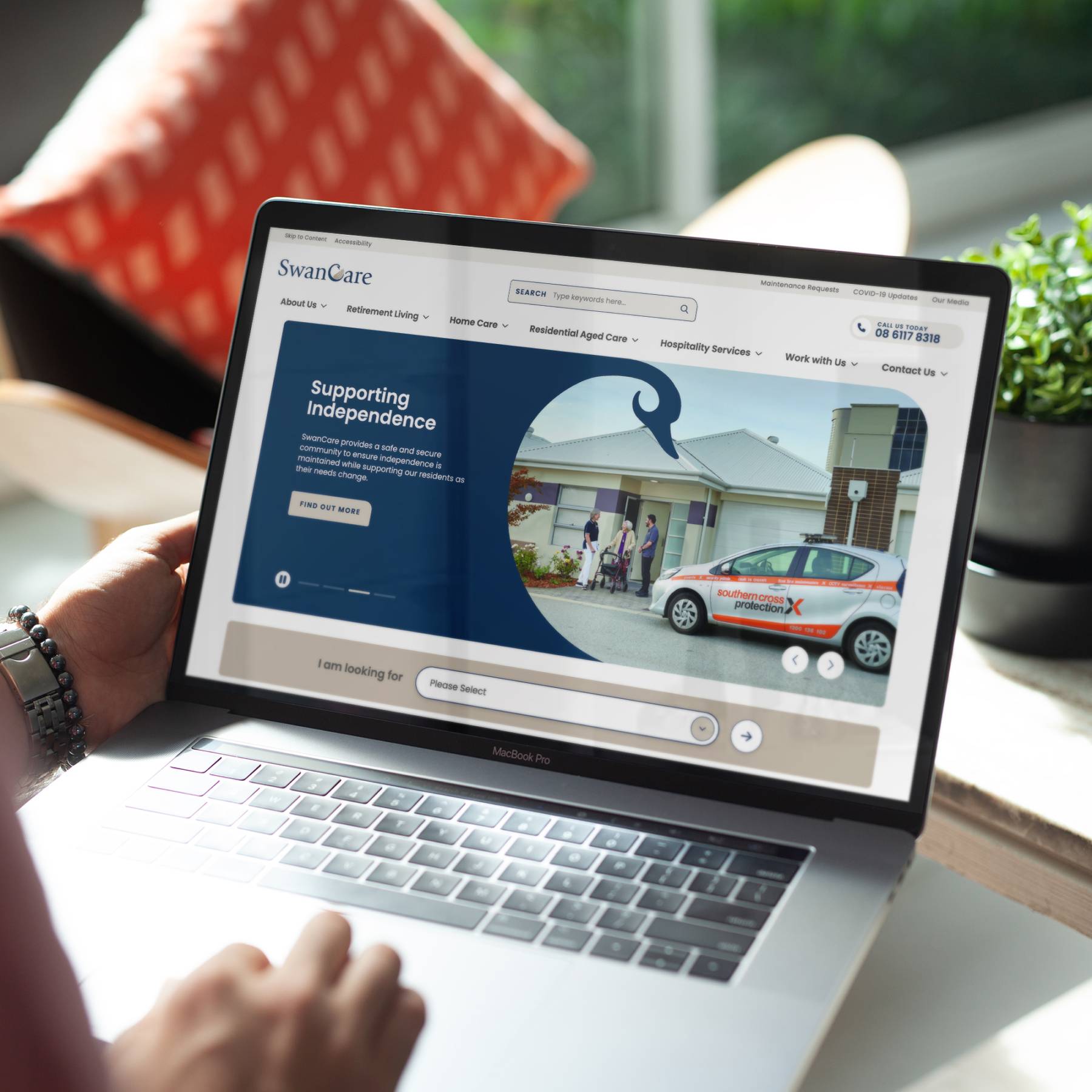
- Website Design
- Website Development
- Website Migration

- Website Development
- Website Migration
- Mobile Application
- Portal Development

- Portal Development
- Integration Development
- Website Design
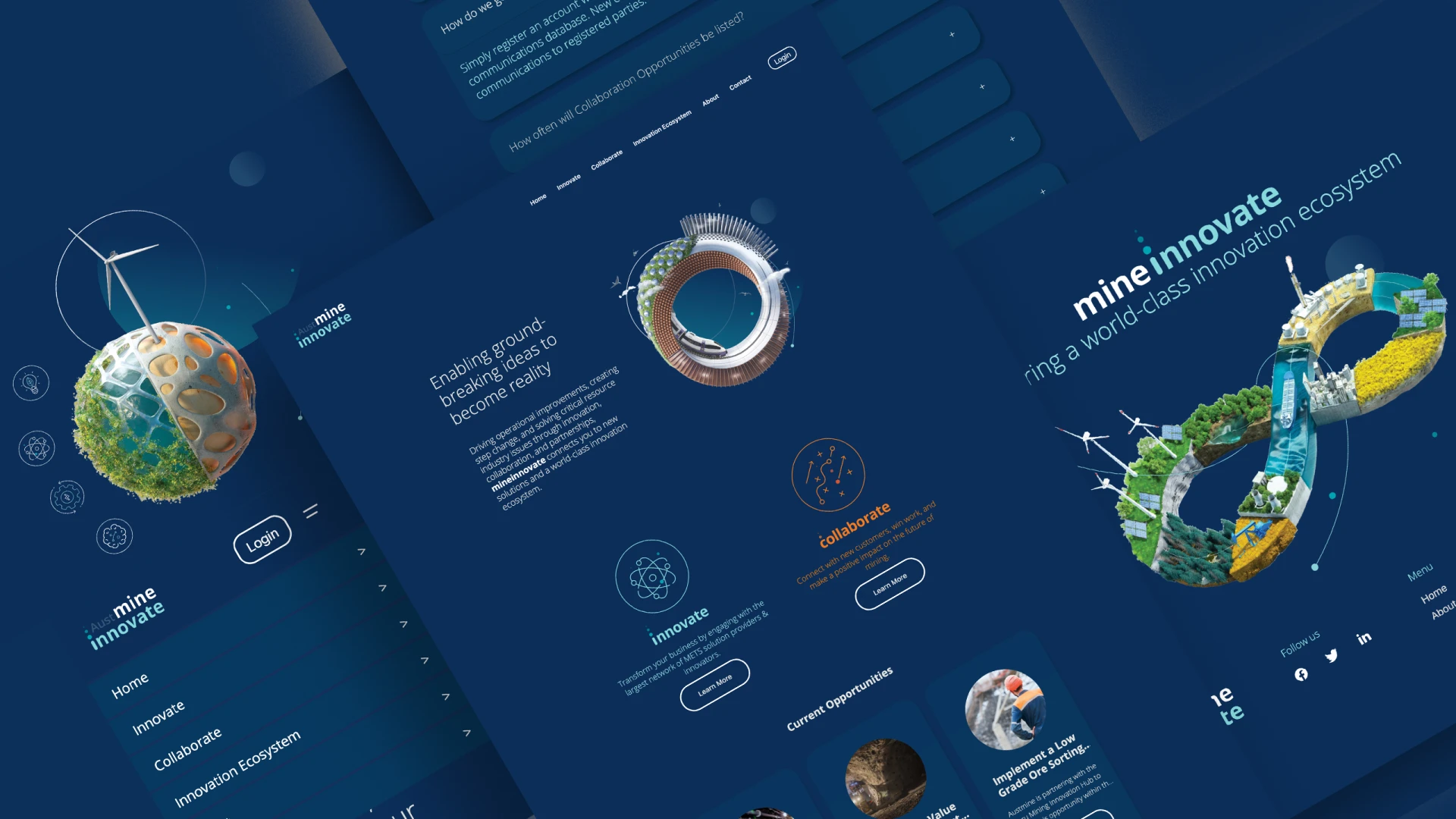
- User Experience
- Intranet Development
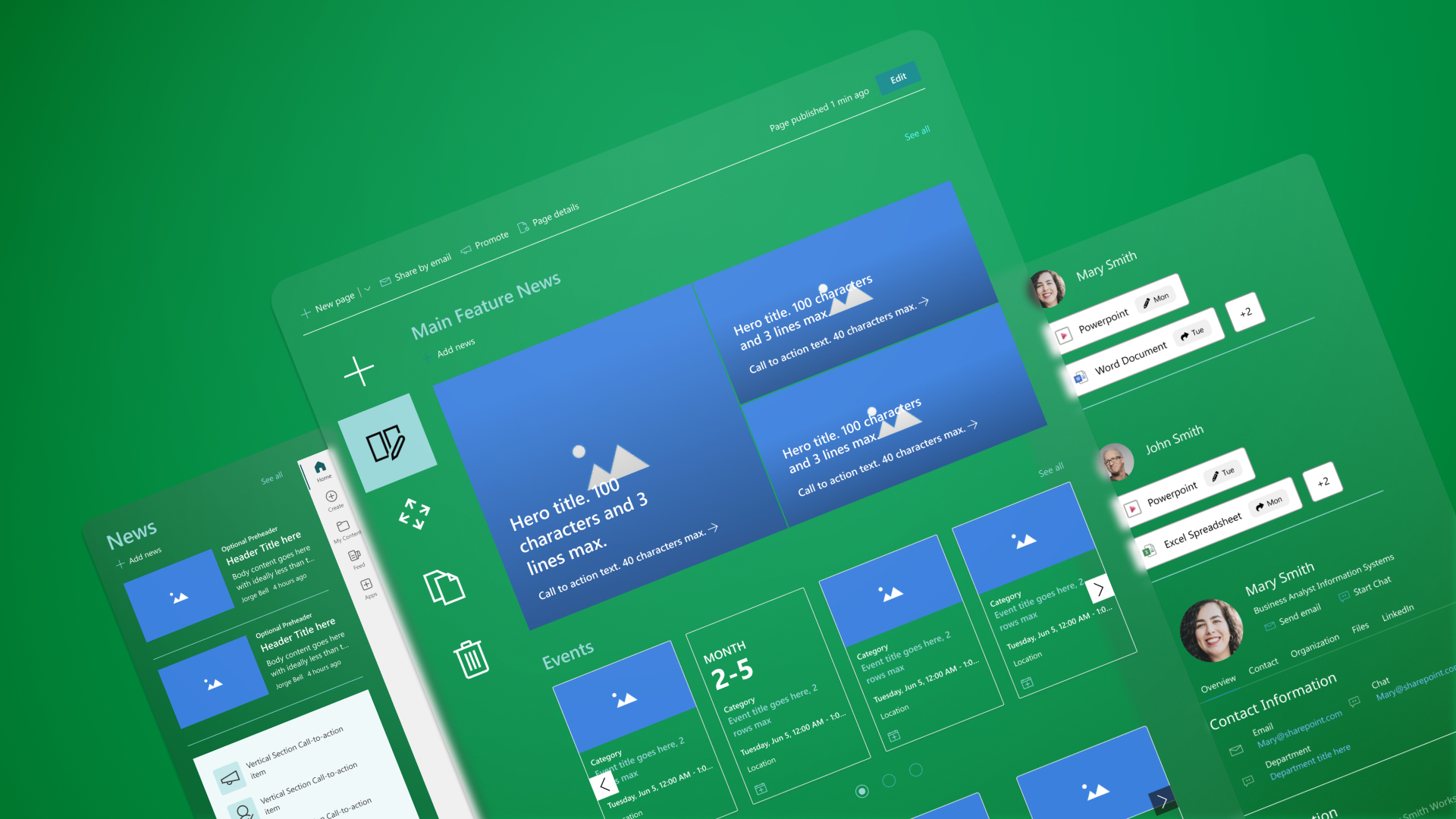
- Website Migration
- Website Development
- Website Design
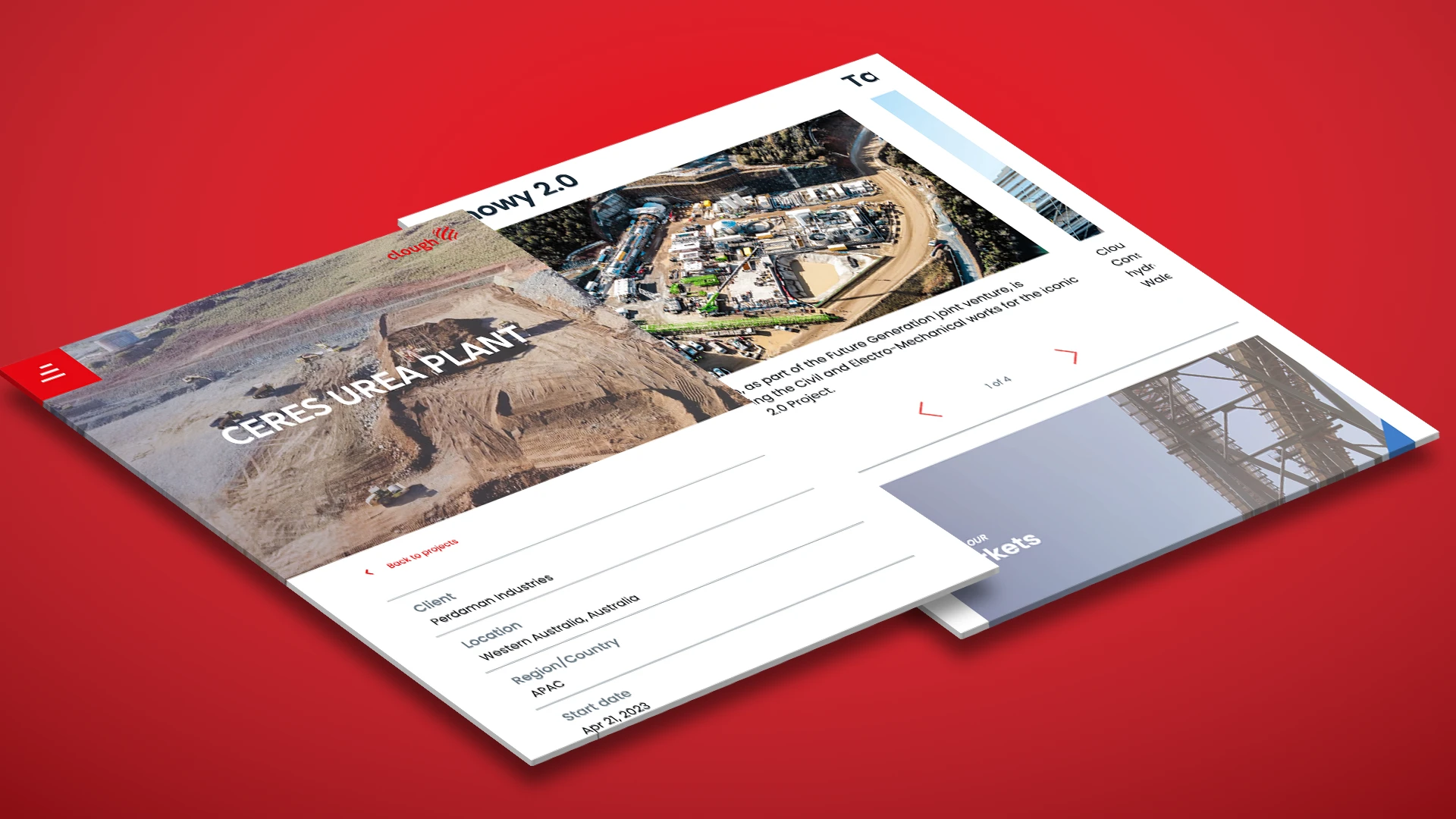
- Website Development
- Website Design
- User Experience

- Website Migration
- Website Design
- Website Development
- Integration Development
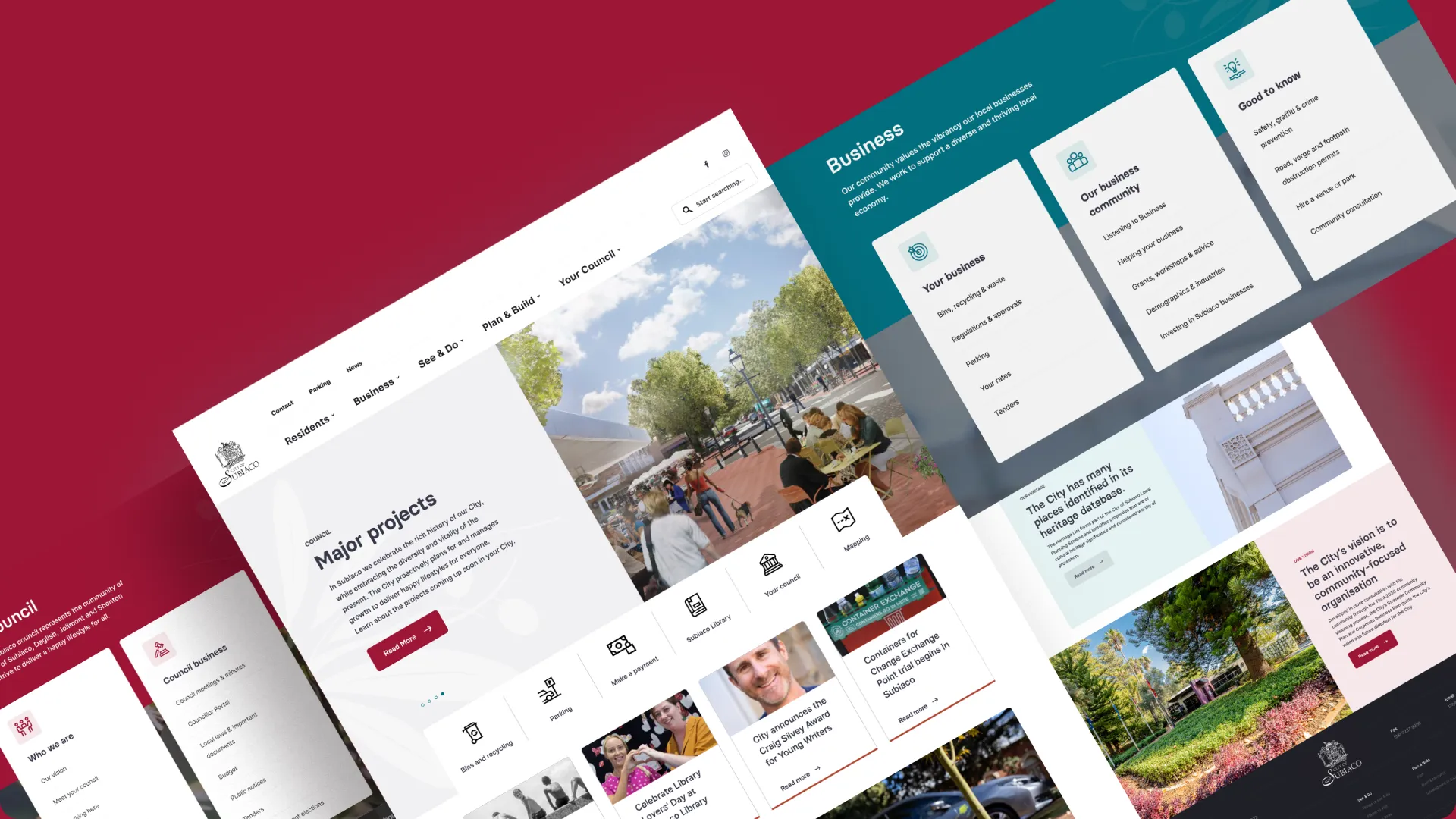
- Intranet Development
- Website Migration

- Mobile Application
- Integration Development
- Intranet Development
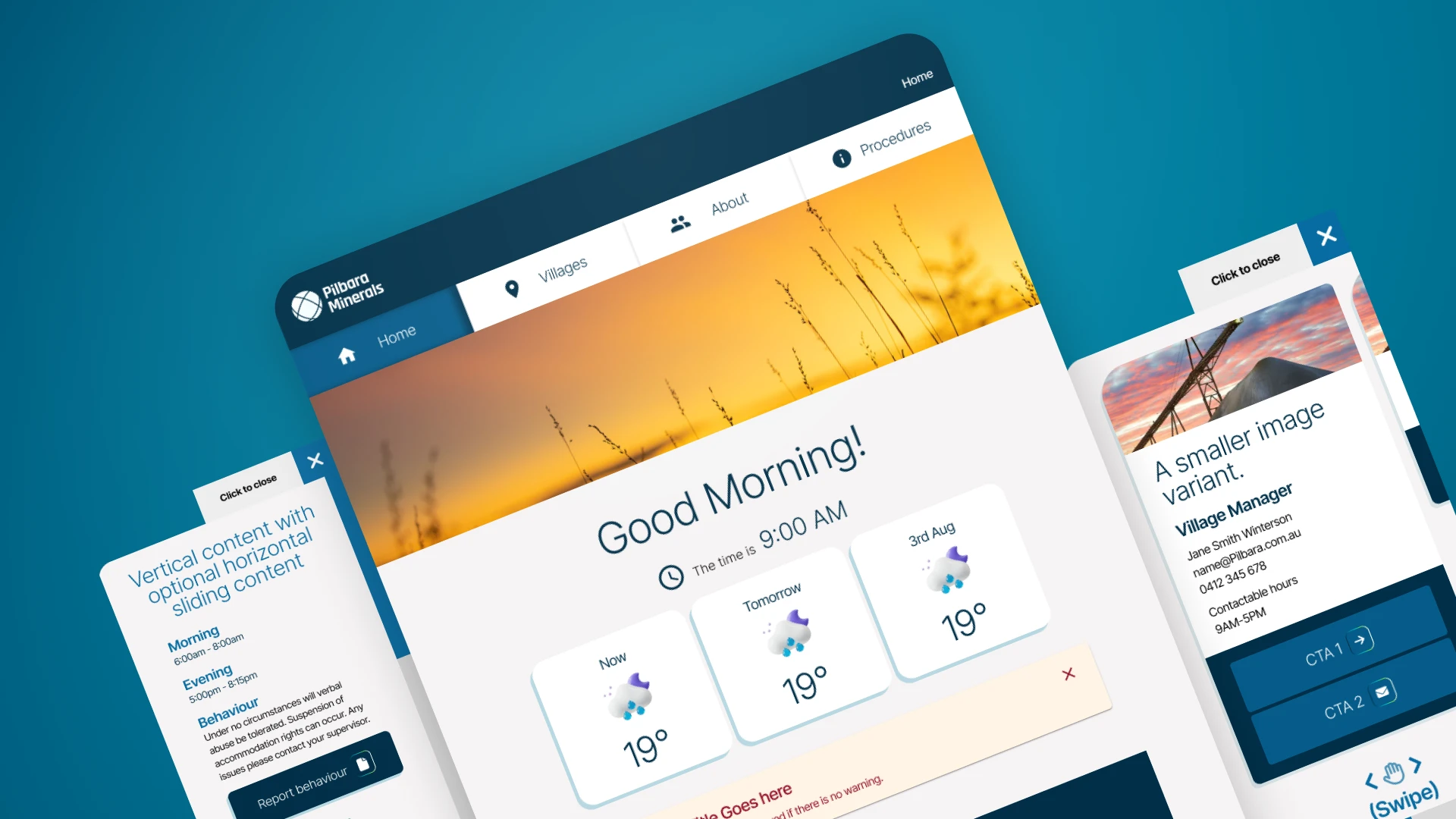
- Integration Development
- Portal Development
- Website Development
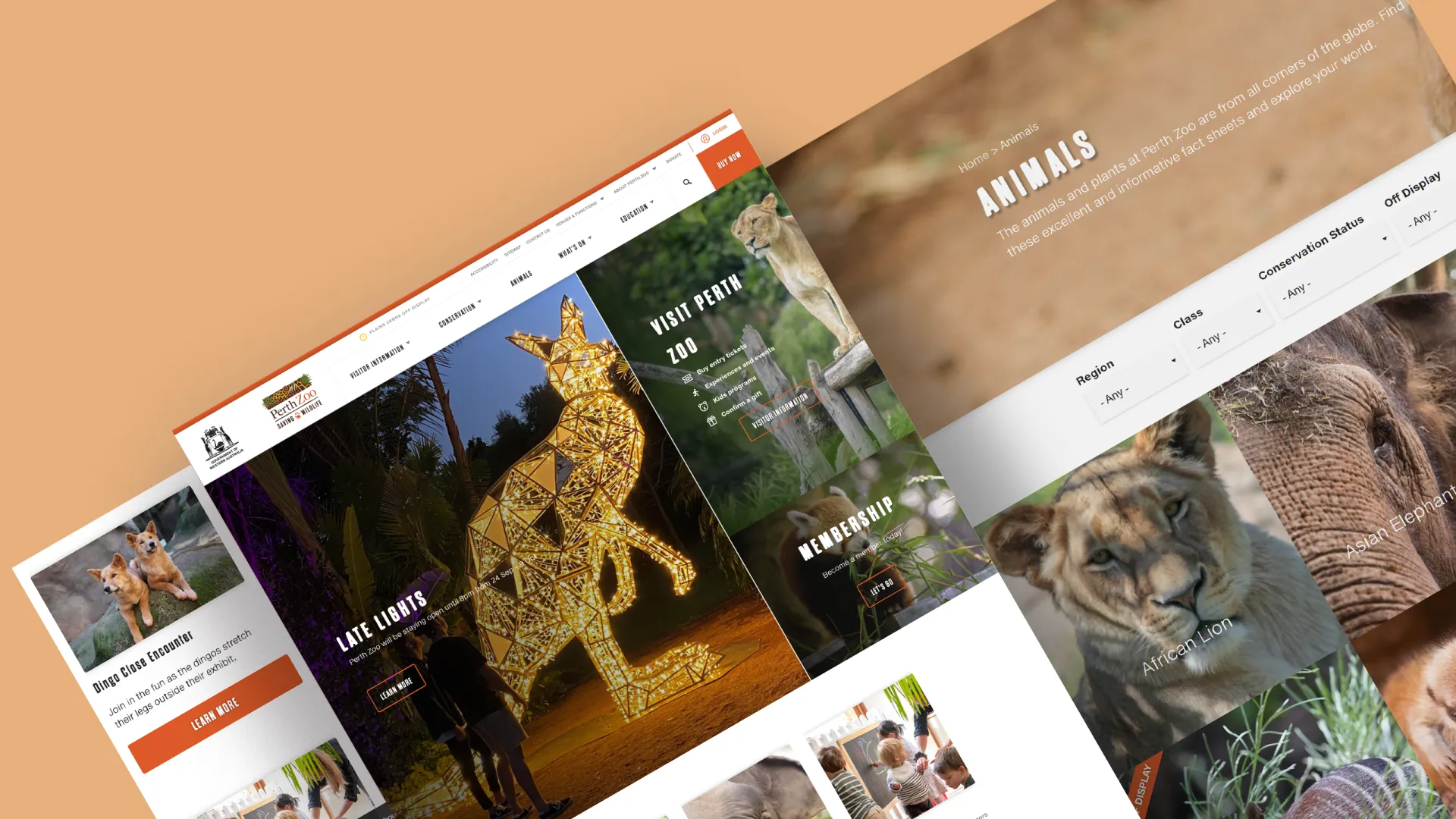
- Portal Development
- User Experience
- Website Development
- Website Migration
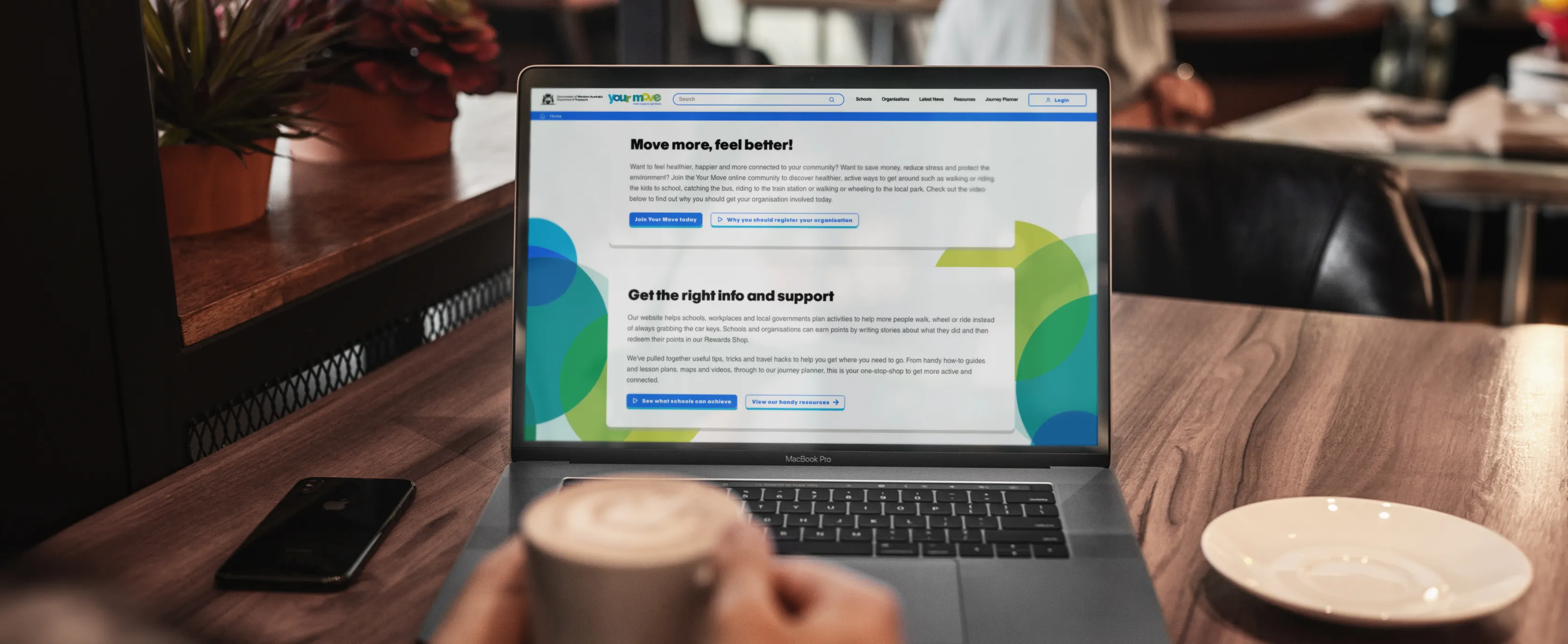
- Website Migration
- Website Development
- Website Design
- User Experience
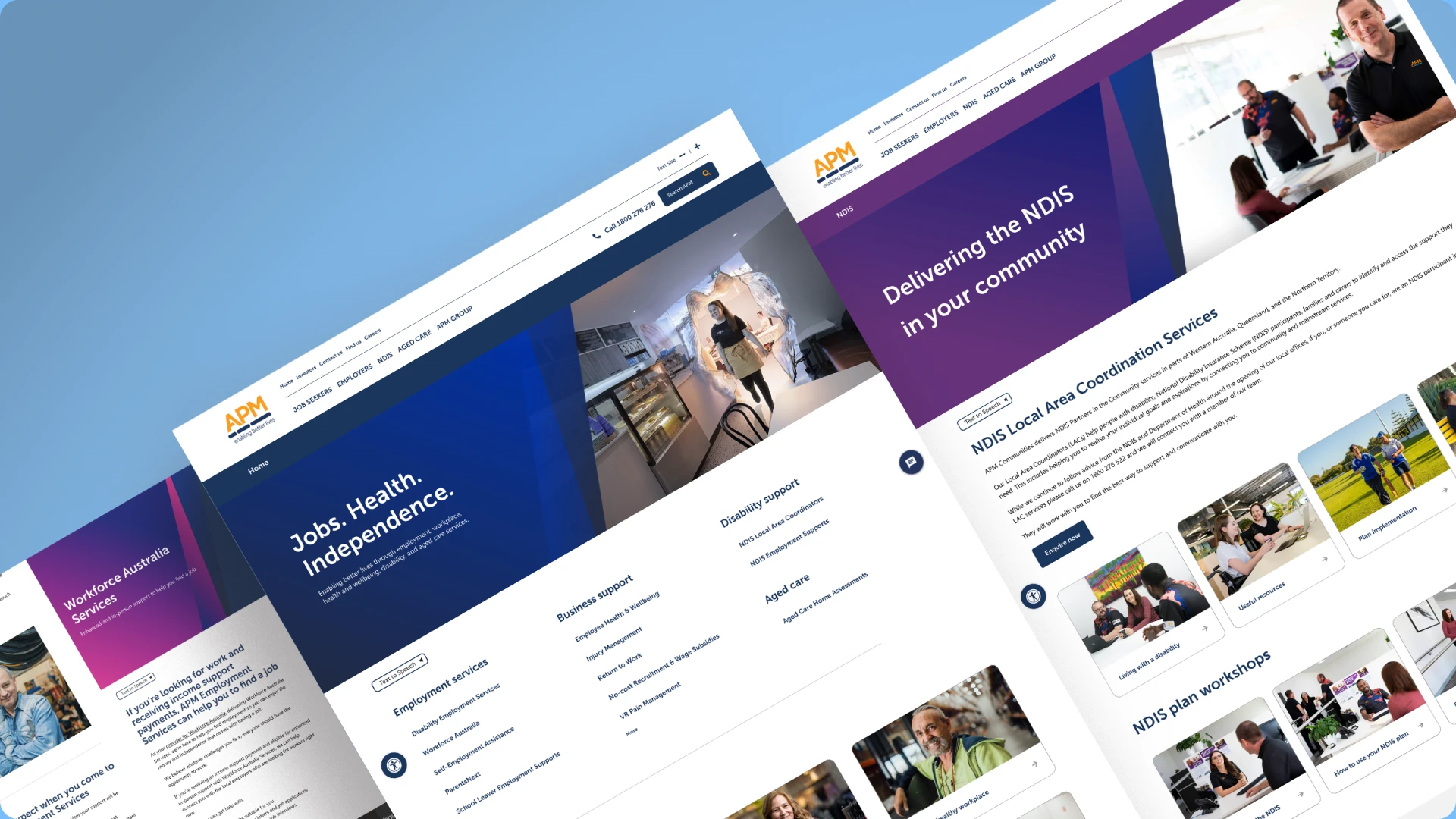
- Intranet Development

- Website Migration
- Website Development
- Website Design
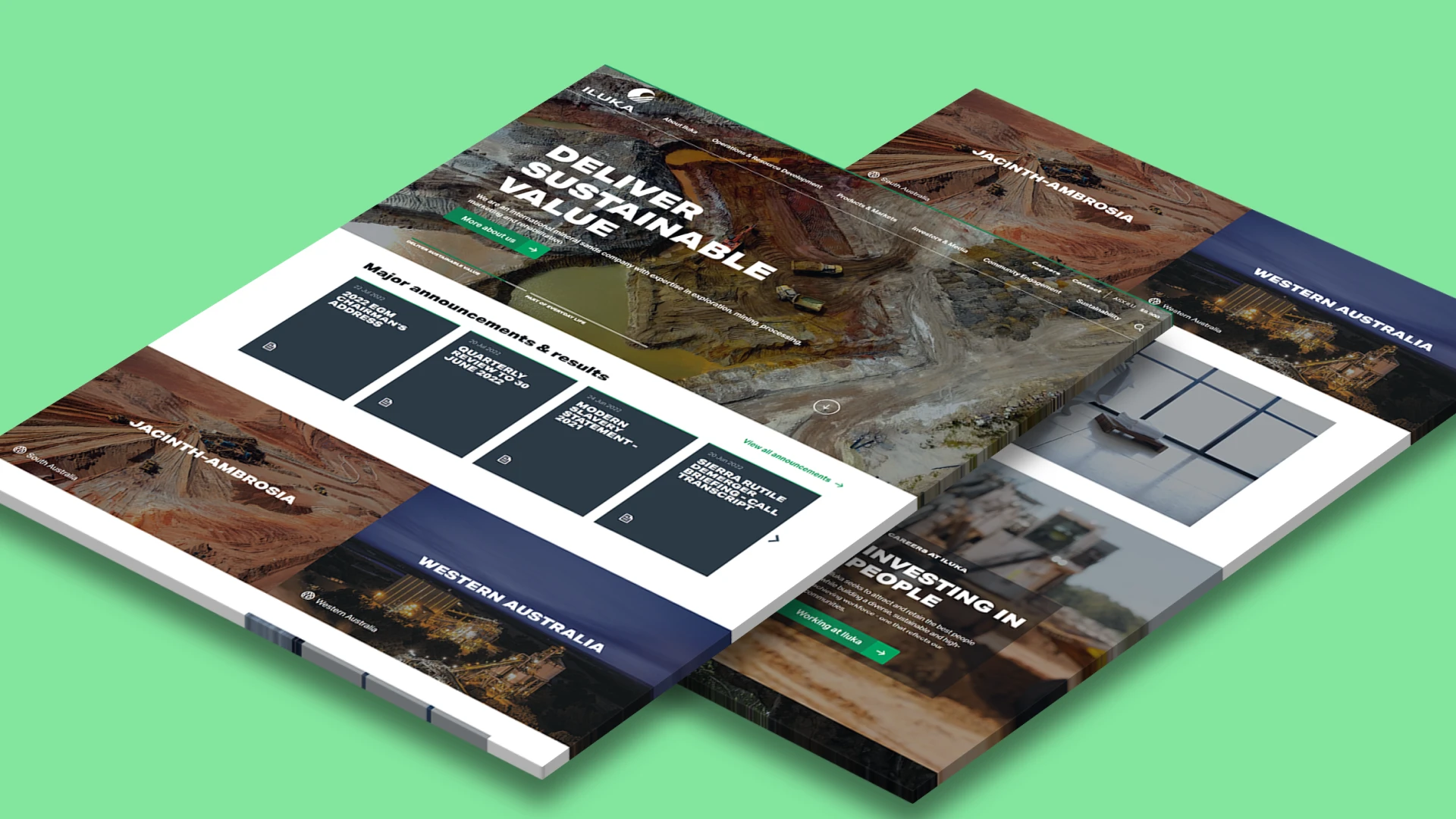
- Website Design
- Website Development

- Website Development
- Integration Development
- Portal Development
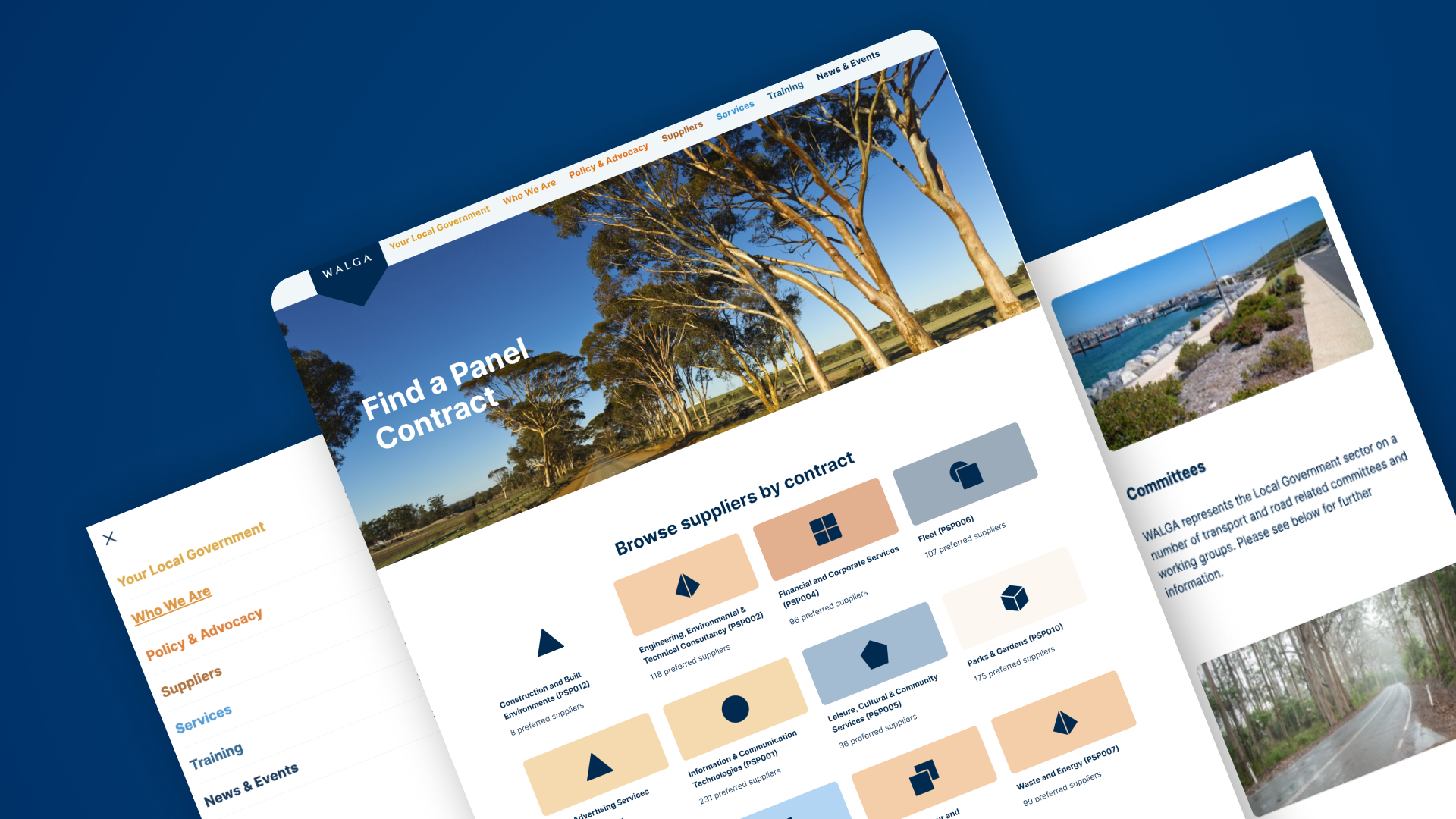
- Website Development
- Website Design
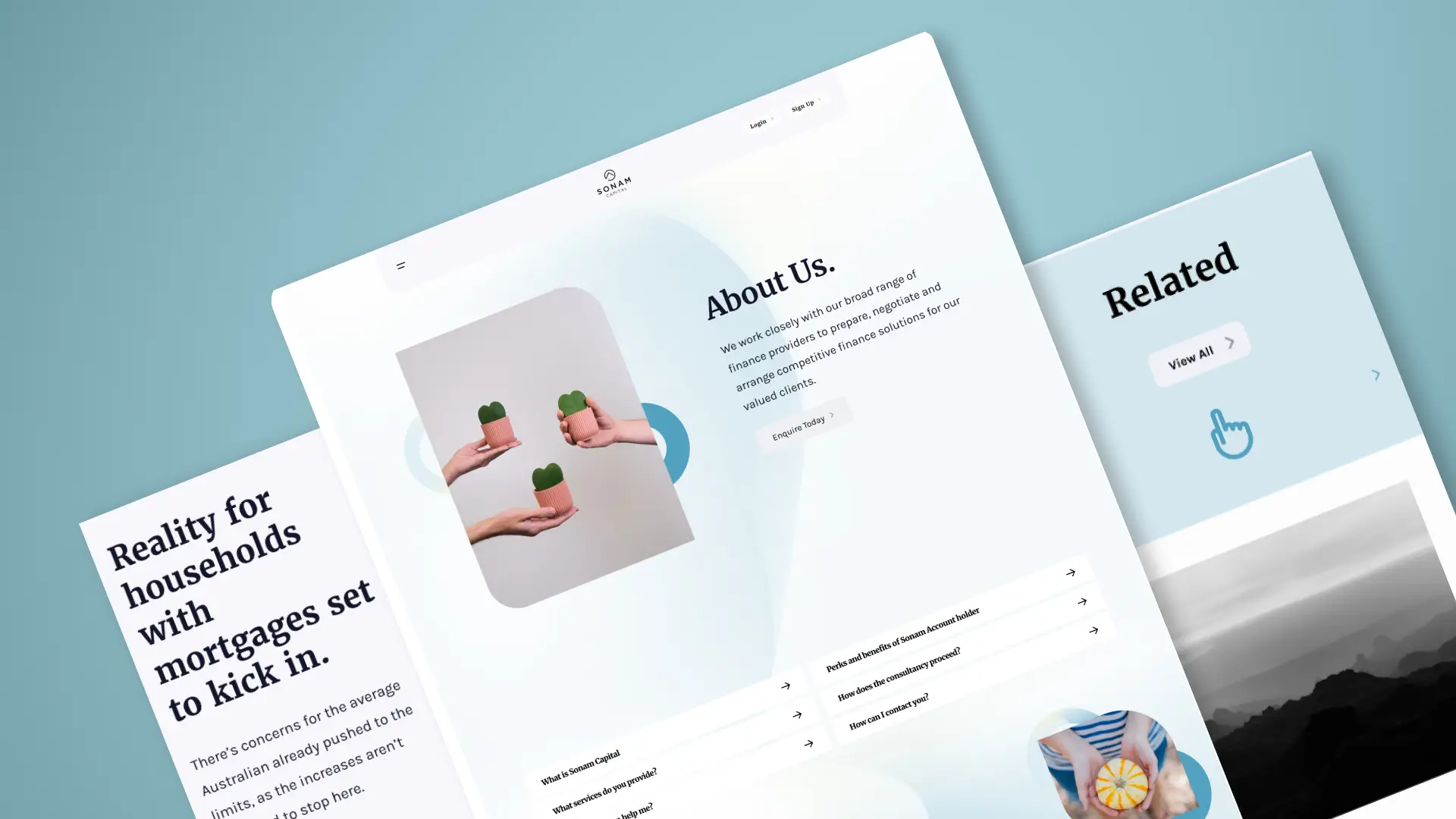
- Website Development
- Website Design
- User Experience

- Website Development
- Website Design
- User Experience
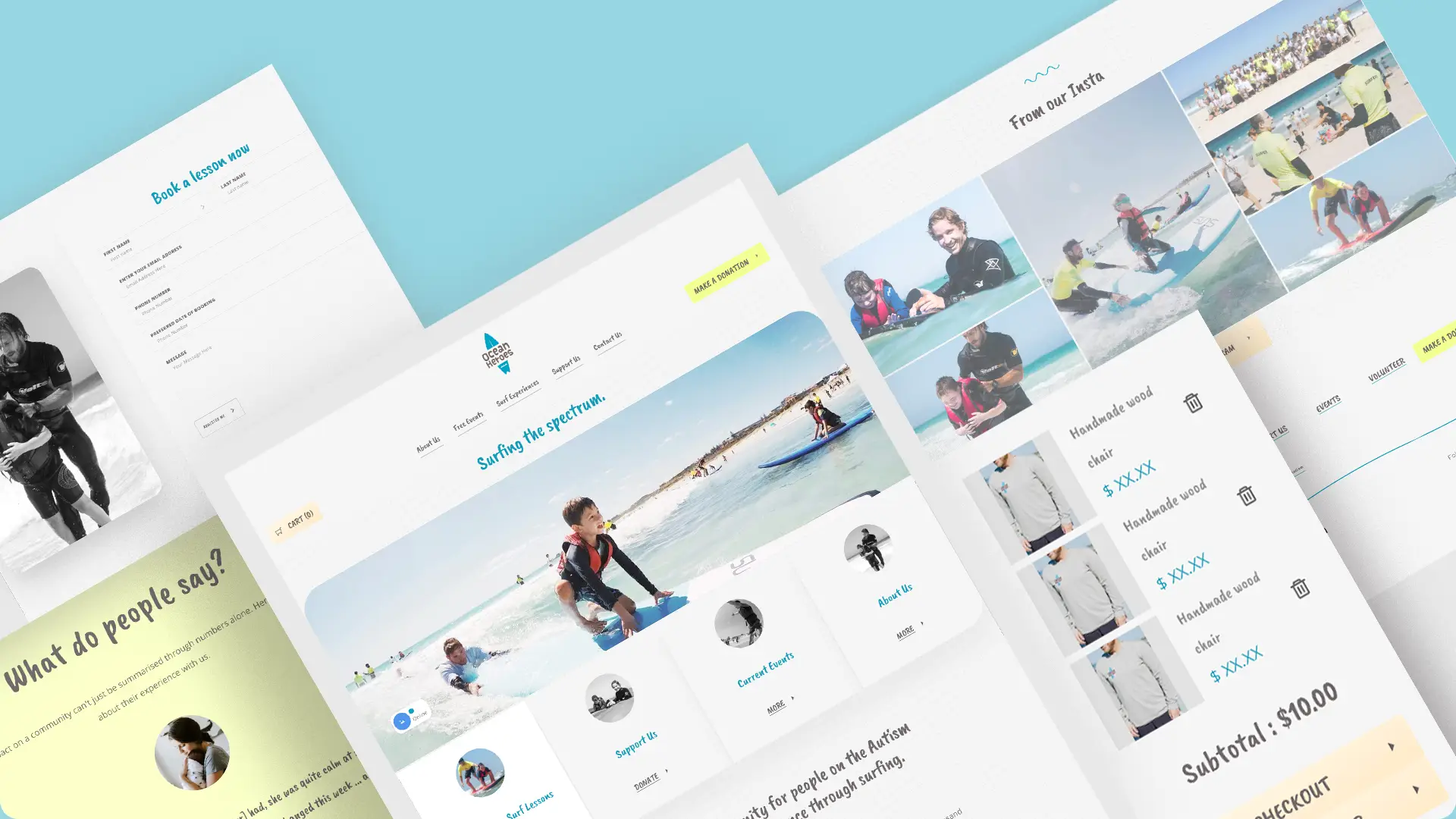
- Website Development
- Website Design
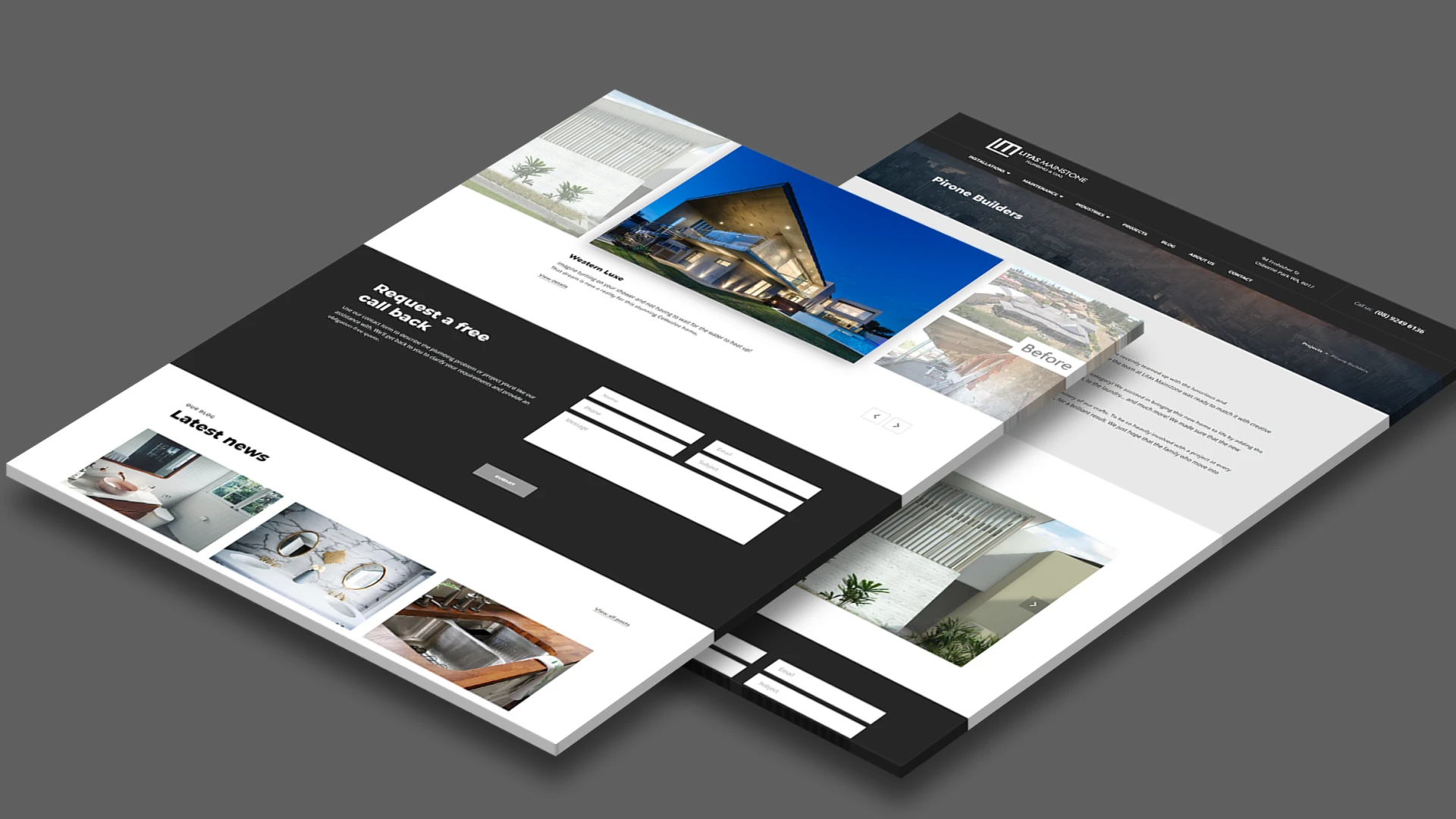
- Website Design
- Website Development
- User Experience
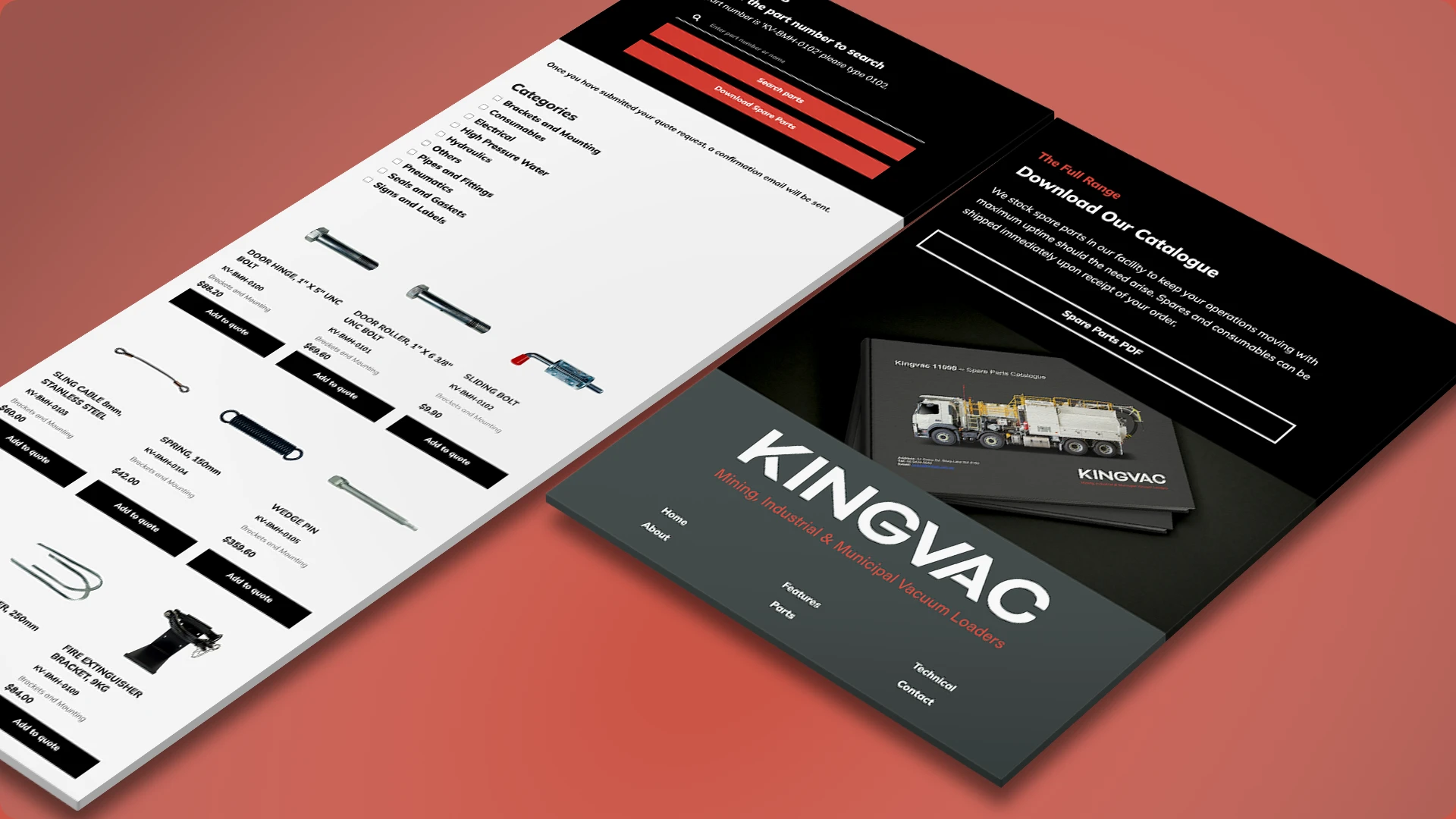
- Website Development
- Website Design
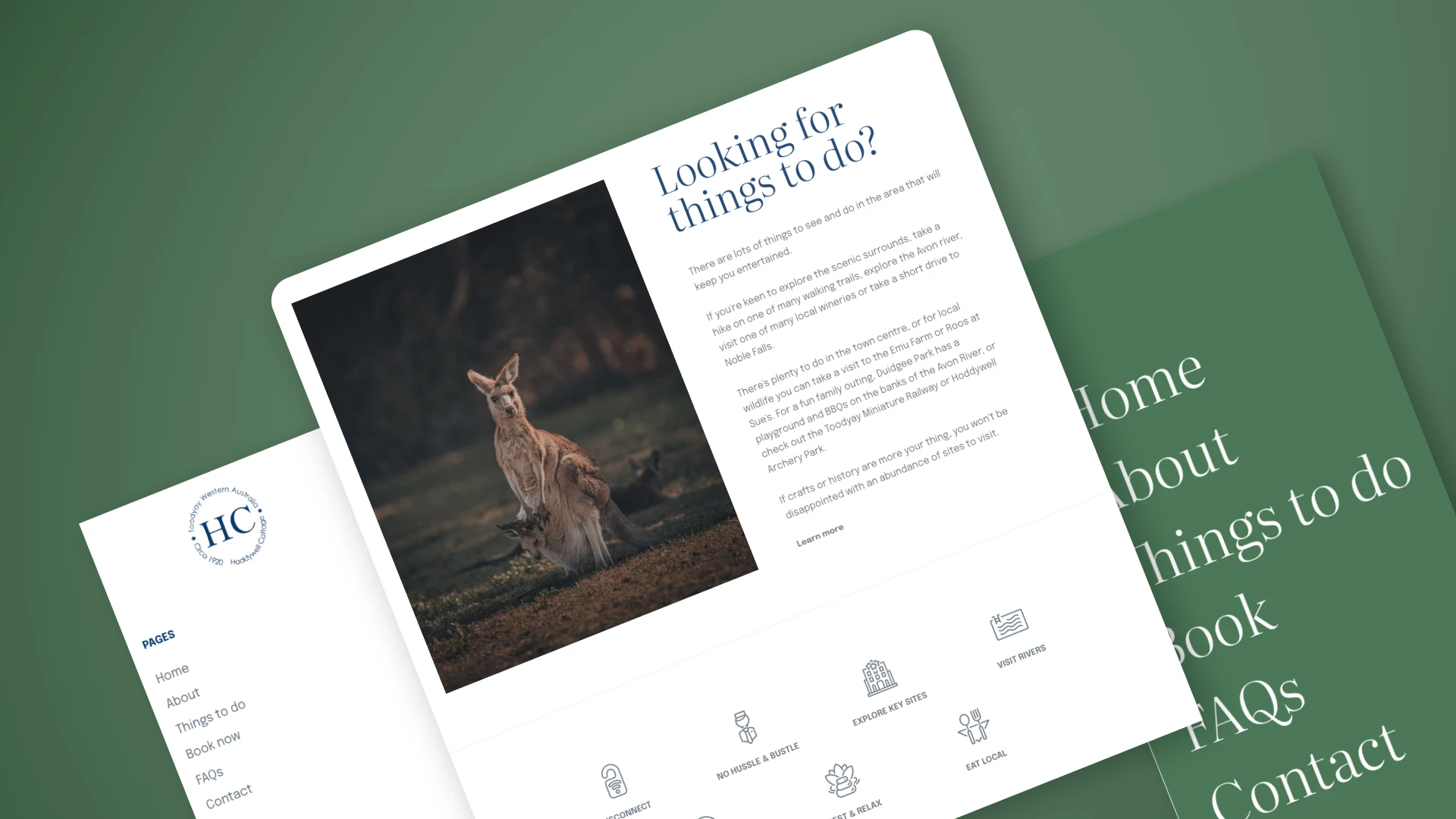
- Integration Development
- Intranet Development
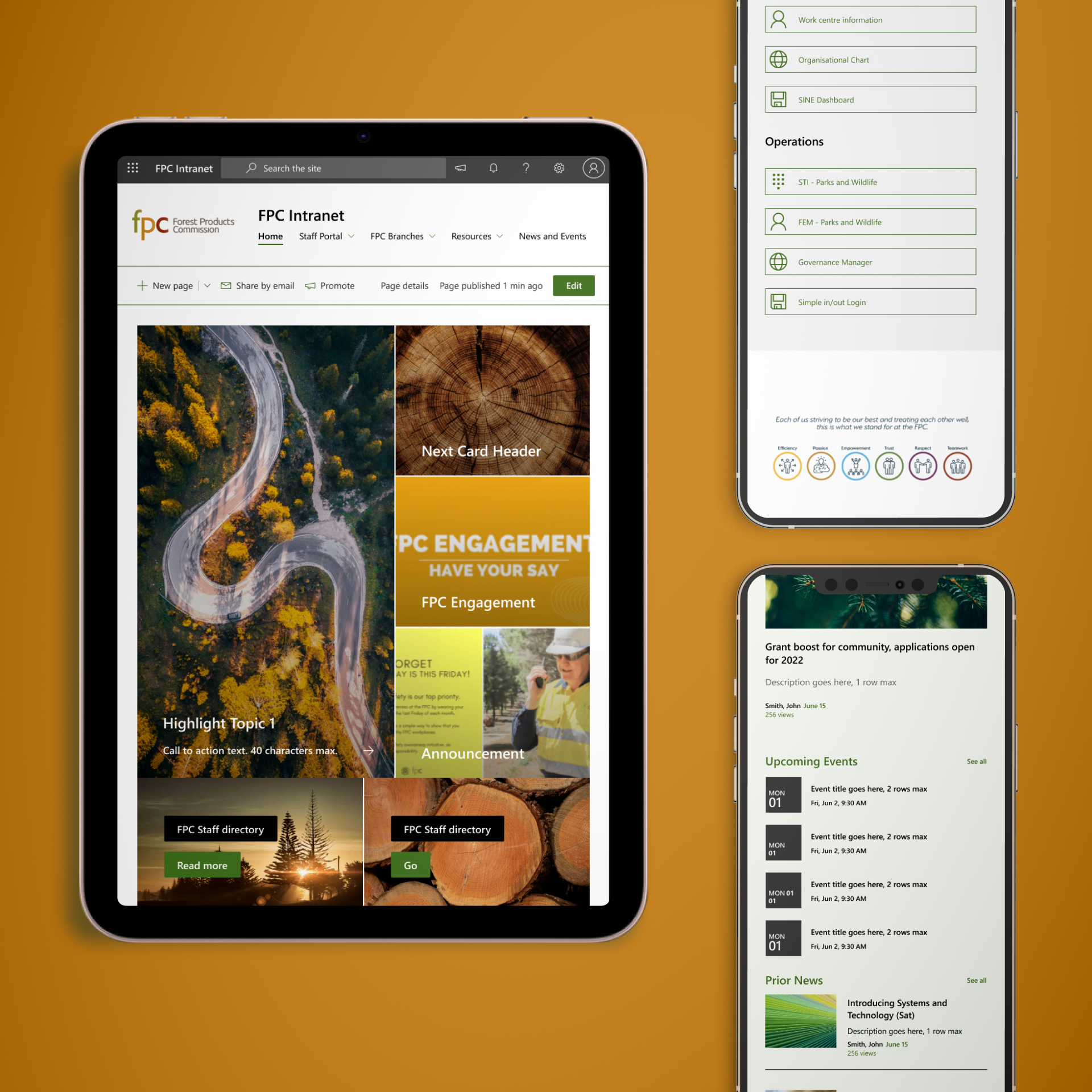
- eCommerce
- Digital Strategy
- Website Development
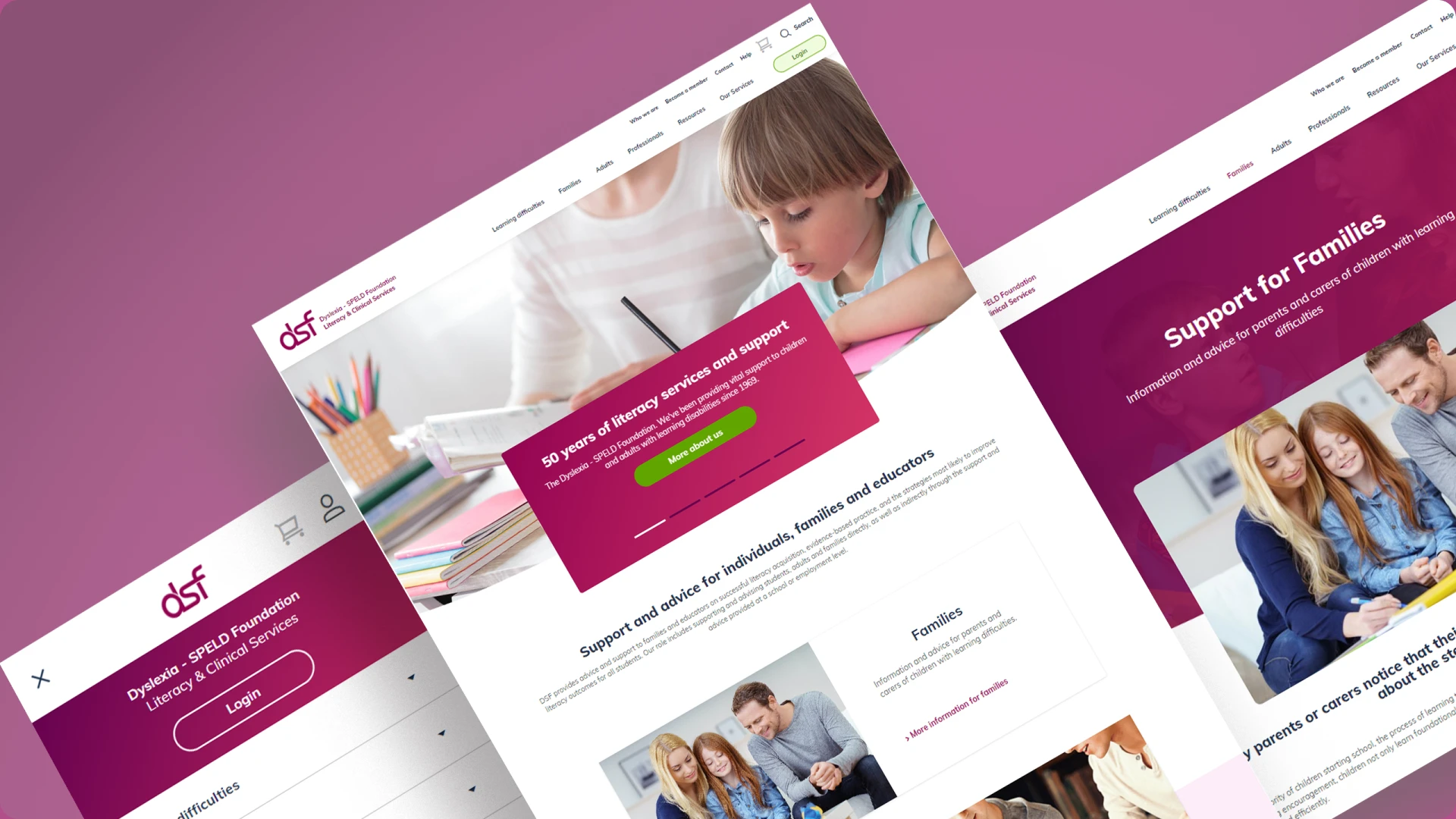
- Integration Development
- Website Development
- Website Design
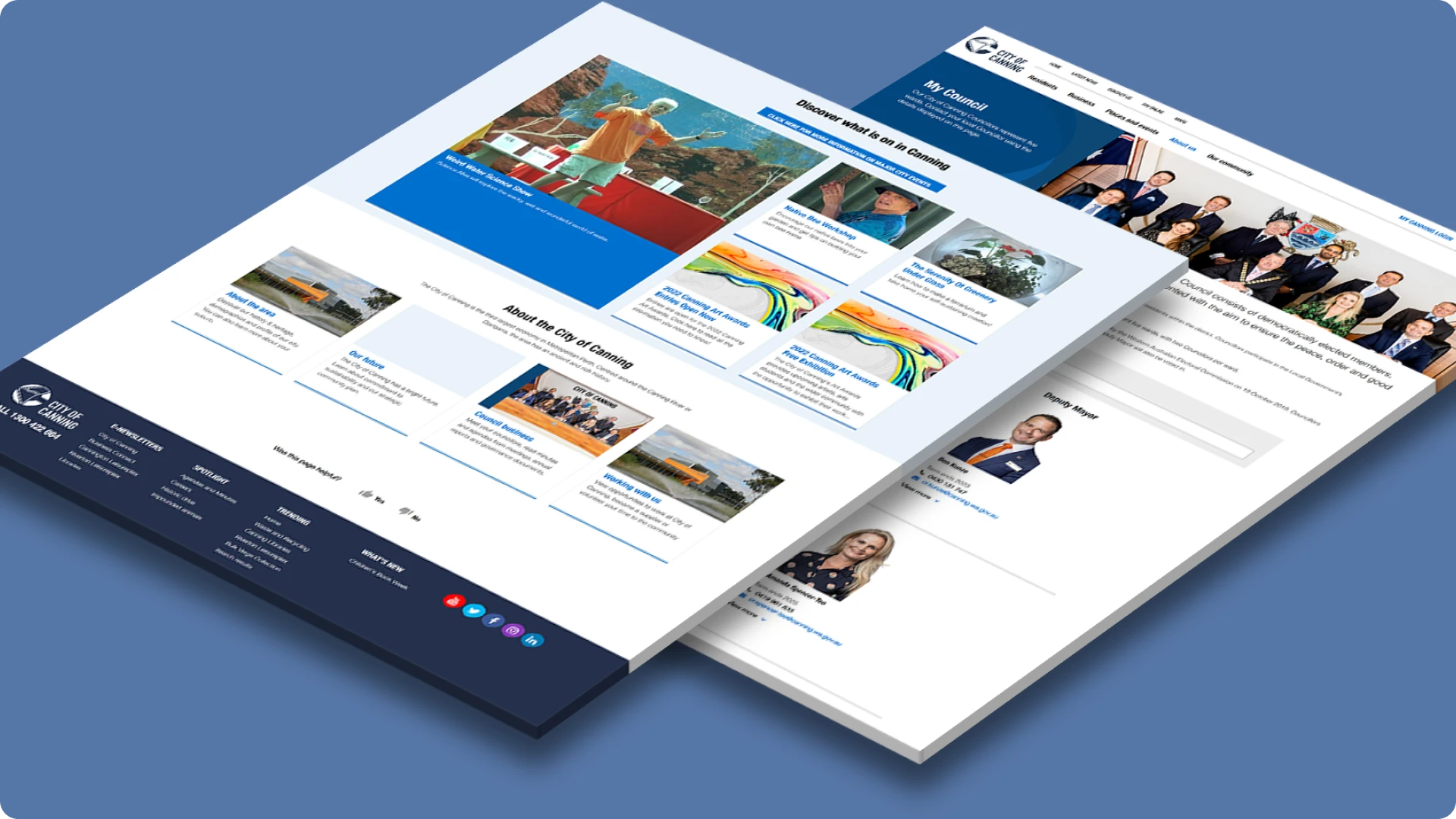
- Website Development
- Website Design
- User Experience
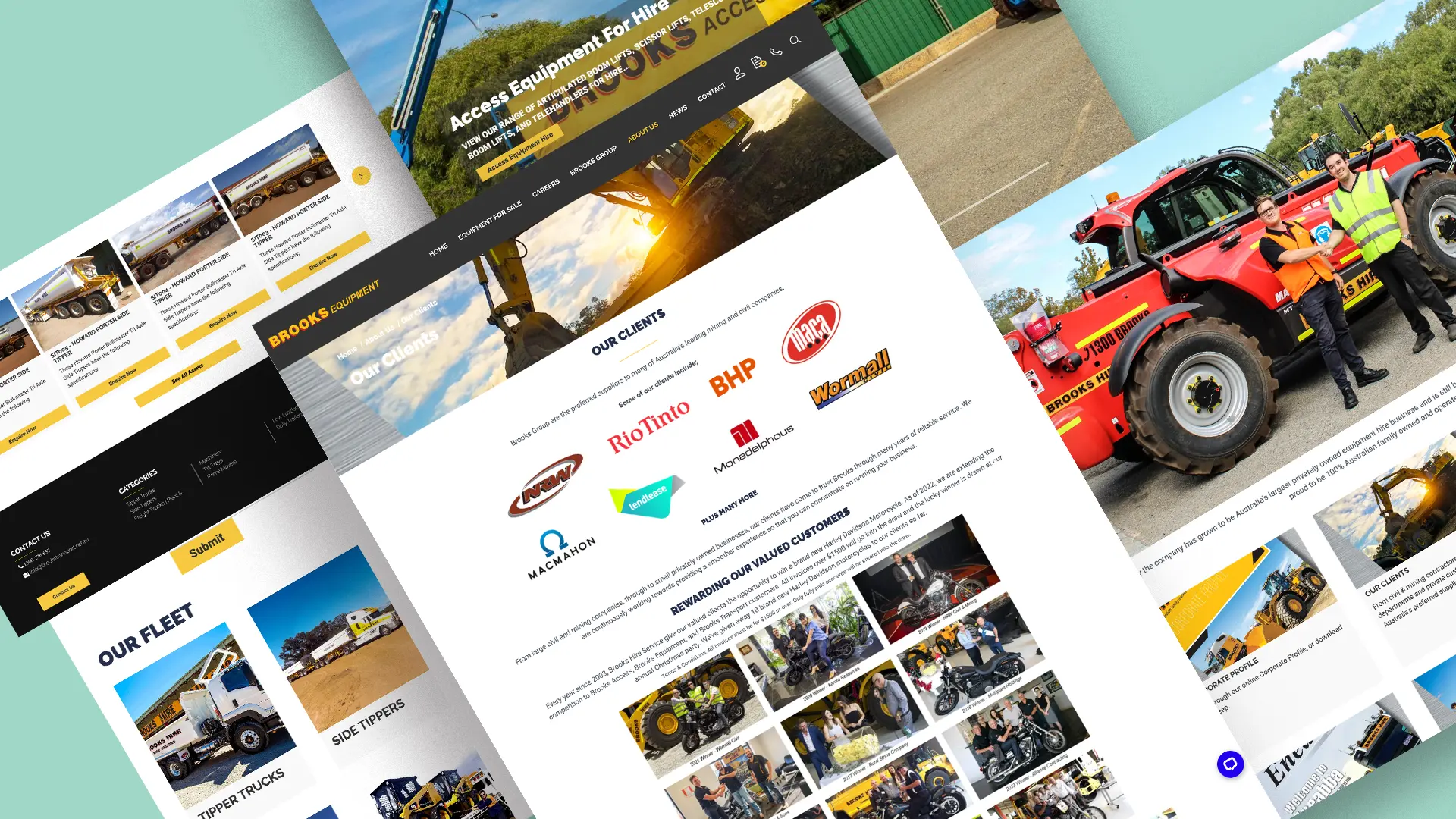
- Website Development
- Website Design
- Integration Development

- Website Migration
- Website Development
- Website Design
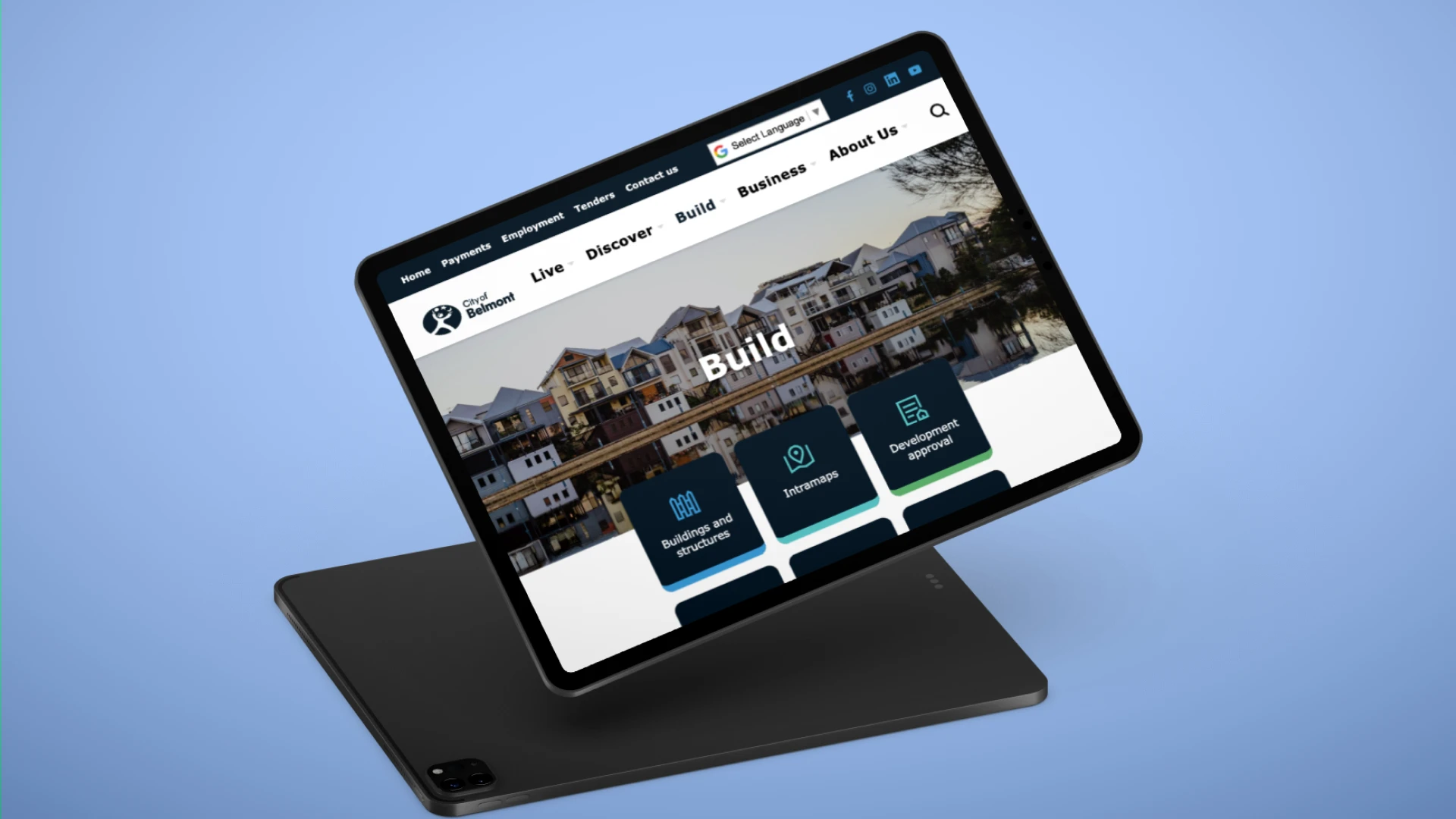
- Intranet Development
- Integration Development
